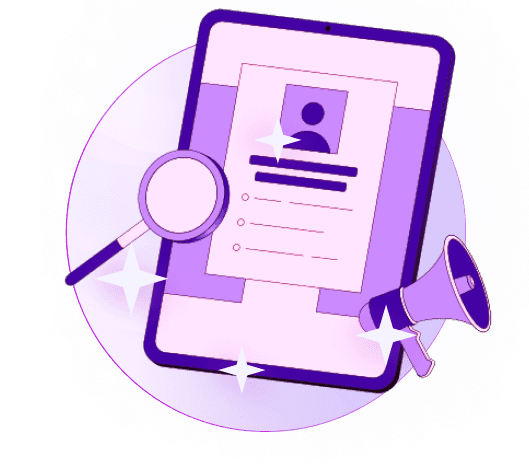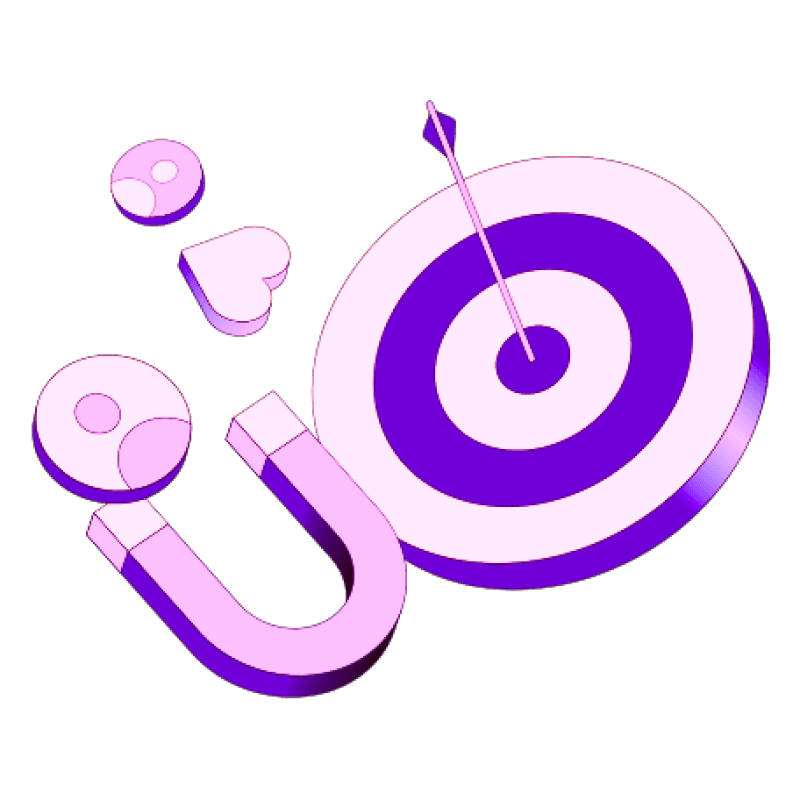Blogs
Articles

7 Tips to Implement AI-Driven Lead Scoring in Your Marketing Strategy
7 Tips to Implement AI-Driven Lead Scoring in Your Marketing Strategy
In today’s fast-paced digital world, AI-driven lead scoring has become an essential tool for marketers looking to optimize their strategies. By leveraging AI, you can predict which leads are most likely to convert, improving your efficiency and boosting your conversion rates. Here are seven practical tips for implementing AI-driven lead scoring in your marketing strategy.
1. Define Your Ideal Customer Profile (ICP)
Your lead scoring efforts should start with a clear Ideal Customer Profile (ICP). This profile outlines the key characteristics of your best customers, such as industry, company size, and pain points. AI uses this information to rank leads based on how closely they match your ICP.
Tip: Analyze your current top customers to define your ICP and guide your lead scoring model.
2. Leverage Behavioral Data
Behavioral data like website visits, email interactions, and social media engagement is crucial for scoring leads. AI analyzes this data to identify patterns that signal intent. For example, a lead that frequently engages with your content is likely more interested than one who only visits your site once.
Tip: Incorporate behavioral data into your lead scoring to prioritize highly engaged leads.
3. Use Historical Data for Continuous Improvement
AI thrives on data, particularly historical data. Reviewing past customer behaviors that led to conversions helps AI identify the most predictive patterns. Feeding this data into your AI system allows it to improve and refine lead scoring over time.
Tip: Regularly update your AI model with historical data to ensure it stays accurate and relevant.
4. Integrate Cross-Channel Insights
Leads interact with your brand across various channels, from email to social media. AI-driven lead scoring integrates data from these different channels into a single view, giving you a holistic picture of each lead’s journey.
Tip: Use AI to combine data from multiple channels to gain deeper insights into your leads' behaviors and interests.
5. Automate Scoring Updates
One of the key advantages of AI is automation. Instead of manually updating lead scores based on new interactions, AI tools can do this automatically in real time. This ensures your lead scores are always current and accurate.
Tip: Set up automated scoring updates to ensure your sales team is working with the most up-to-date information.
6. Prioritize Communication Based on Scores
Tailor your communication strategies based on lead scores. High-scoring leads should receive personalized, direct outreach, while lower-scoring leads may benefit from nurturing campaigns. This allows you to focus resources on the leads most likely to convert.
Tip: Implement a communication strategy that aligns with lead scores to improve engagement and conversion.
7. Measure and Adjust Your Strategy Consistently
Consistent measurement and analysis are essential for refining your lead scoring strategy. Regularly evaluate KPIs like conversion rates and engagement levels to understand what's working and where adjustments are needed.
Tip: Use analytics to track the performance of your AI-driven lead scoring and adjust your approach as necessary.
Conclusion: Unlock the Power of AI-Driven Lead Scoring
AI-driven lead scoring can transform your marketing strategy by allowing you to focus on leads that matter most. By defining your ICP, leveraging behavioral data, and automating processes, you can improve conversion rates and save time. Tools like persana.ai can further enhance your lead scoring efforts, helping you streamline your marketing and focus on building stronger relationships with potential customers.
Ready to optimize your lead scoring? Explore how persana.ai can help you enhance your marketing strategy and boost engagement today!

Create Your Free Persana Account Today
Join 5000+ GTM leaders who are using Persana for their outbound needs.
How Persana increases your sales results
One of the most effective ways to ensure sales cycle consistency is by using AI-driven automation. A solution like Persana, and its AI SDR - Nia, helps you streamline significant parts of your sales process, including prospecting, outreach personalization, and follow-up.



